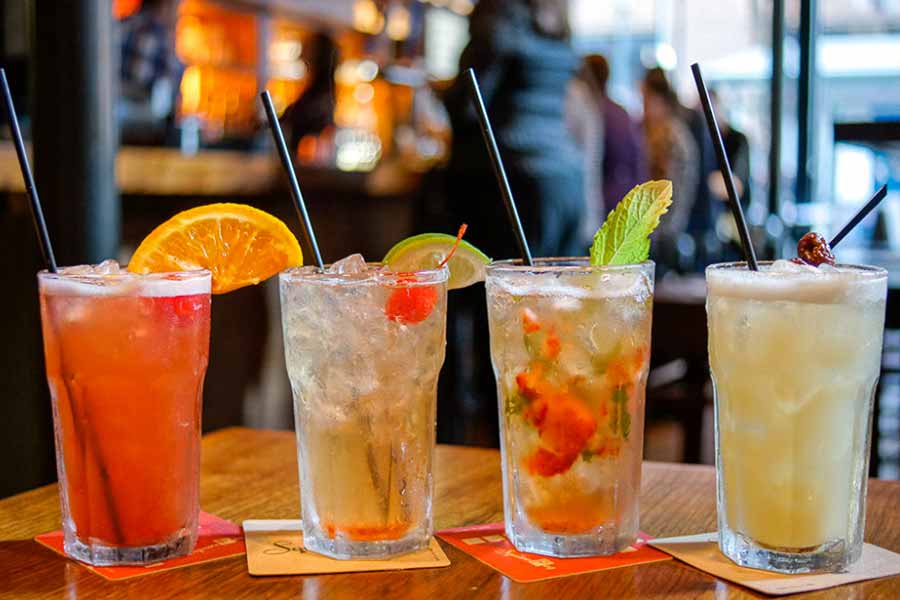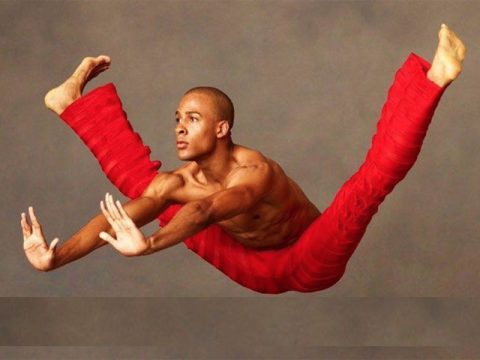
| Similarly, to become an inheritor of such marks, use to only come by way requests from parents and family members ready to subject a younger family member to the painstaking yet deeply symbolic ritual of tatau. For Men, a standard tatau undertaking called malofie covers an entire man’s lower torso from knees up to the lower belly and could take months if not years to finish. For women it is named malu. |
Carrying such marks is a prideful gesture and shows commitment to Fa’asamoa or the Samoan Way of Life. This coming July 30, 2016, the Japanese’s American National Museum (JANM) is set to follow the success of Perseverance: Japanese Tattoo Tradition in the Modern World exhibit with yet another authoritative showcase on traditional tattoos. Mr. Takahiro Kitamura, the famed curator of Perseverance, comes back to spearhead yet another fascinating exhibit on the same subject. The upcoming exhibit entitled Tatau: Marks of Polynesia, highlights one of the world’s most enduring tattoo legacies manifested through works by surviving masters or Tufuga ta tataus.
The exhibit brings to life the tatau traditions from two of the prominent Samoan lineages practicing their culture’s highly revered craft of tattooing—the Tulou’ena and the Su’a family. The Su’a practice the Tatau on Upolu while the Tulou’ena does so on Savai’i. The Sulu’ape family, under the Su’a name, is among the many artists featured in Tatau. Namely, the prominent Su‘a Sulu‘ape Alaiva‘a Petelo, Su‘a Sulu‘ape Peter, Su‘a Sulu‘ape Paul Jr., Su‘a Sulu‘ape Aisea Toetu‘u, Sulu‘ape Steve Looney, Tuigamala Andy Tauafiafi, Mike Fatutoa, and Los Angeles-based Sulu‘ape Si‘i Liufau.
Sulu’ape Si’i Li’fau who enthused about the impending unveiling of Tatau has played an active role in the culmination of the exhibit. We spoke to Tufuga Li’fau briefly about the upcoming Exhibit.
How did you get involved with Tatau: Marks of Polynesia?
Mr. Kitamura has had the idea for this project about the same time as Perseverance was being planned. As one of the most widely recognizable tattooing cultures, we knew early on that we were going to execute the Tatau, it was just a question of when.
How did you first get started? And how long did it take for you to get your Sulu’ape title?
Ironically, I started learning about the tatau craft because I was motivated to finish a bad tattoo that was started on me, 10 years ago. The duration of finishing an apprecentiship varies for each student. It took me about 7 years of apprenticeship to be bestowed the title of Tufuga a Tatau or Sulu’ape. Mainly because, geographically I didn’t live close to a Sulu’ape, so I had to travel back and forth to Polynesia to continuously to complete my education.
Do you have a malofie yourself?
I do have a malofie done by Su’a Sulu’ape Lafaele in 2009.
Where were you born? And where do you live?
I was born in St Joseph’s Hospital in Orange County, CA. My Samoan father and my mother who was a German girl from Minnesota raised me in the OC. (He owns A-Town Tattoo off Brookhurst Street and Garden Grove Boulevard).
When you’re not doing tattoos what do you do?
I enjoy fishing, surfing, and hanging out with my kids (He had just finished watching his daughter’s basketball game before this interview).
“I’m looking forward to introducing Los Angeles residence, to an aspect of the Samoan culture that our people are very proud of” declared Si’i Lifau. Particularly, the exhibit will feature the works of notable elder Su’a Sulu’apes “and it is such an honor to have their works on display” said Si’i Lifau.
Whereas contemporary methods and diaspora have influenced the art of tatau significantly, the practice goes back some 2000 years ago, through some of the most beautiful works of Samoan Sulu’apes. The densely symbolic works of the modern day Sulu’apes showcased through captivating photographs of their subjects. There is only about a dozen or so Sulu’apes the world over. Most of whom reside in countries such as Australia, New Zealand, Hawaii, and islands across Polynesia.
Tatau: Marks of Polynesia will be open to the public from July 30, 2016 to January 8, 2017.
Through the duration of the exhibit, there will be lectures, performances, and special viewings for the audience to get involved with. The exhibit aims to replicate the success of Perseverance by possibly transforming this exhibit into a traveling one. “Hopefully, we can feature a female Tufuga in the next exhibit, that would be really amazing” added Si’i Lifau.











